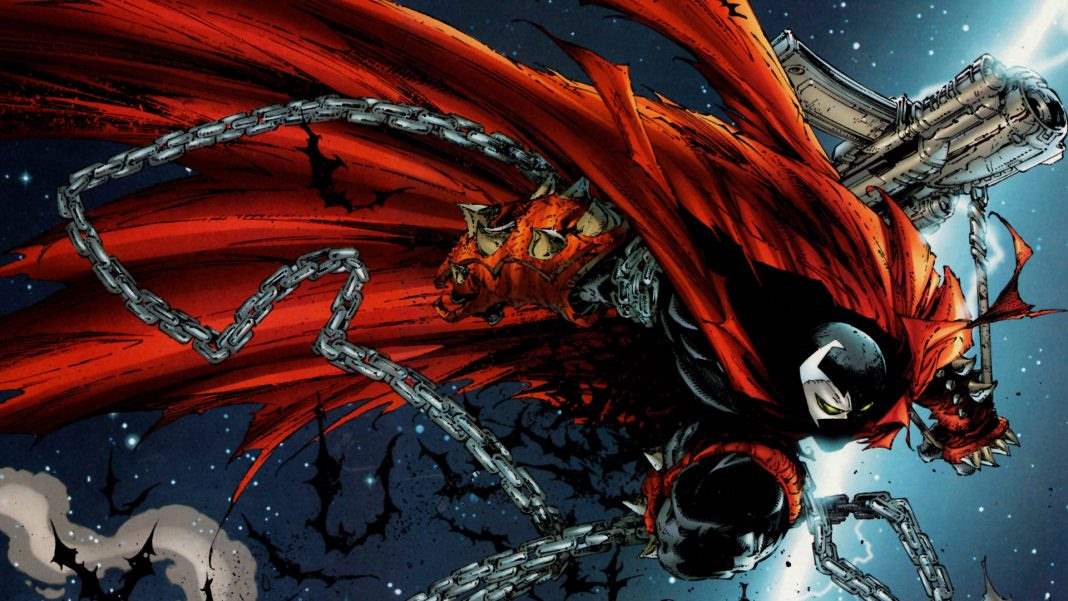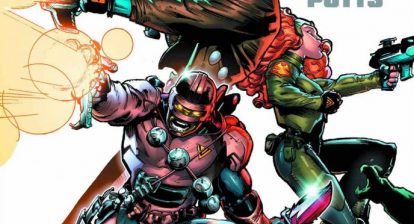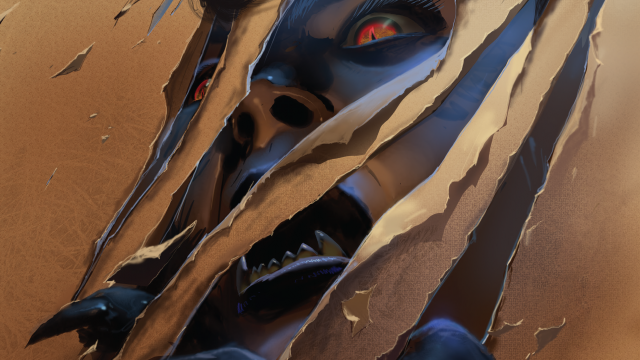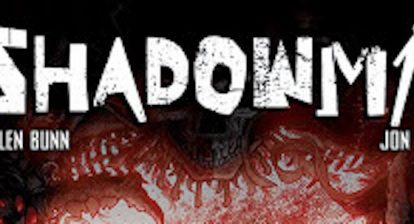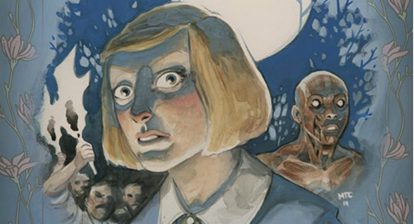Todd McFarlane rose to comic book superstardom in the late eighties with his work on Amazing Spider-Man. His artwork redefined that character and that world, allowing him to take over a new Spider-Man series as both writer and artist. He also co-created maybe the most popular Spider-Man character second to the hero himself, Venom. The success of that proved McFarlane to be a major storyteller, not just a top-tier artist. In the early nineties, he left Marvel along with several co-creators to create Image Comics—a company that to this day remains one of the very best for creator-owned content.
It was there at his new home, allowed to work on his own projects and characters, that McFarlane would launch his masterpiece. Spawn is a compelling story. It immediately draws readers in with the concept: A soldier is killed and sent to Hell, where he makes a deal with a demon to see his wife one more time. But he gets completely f**ked over. He looks hideous, his wife has been remarried to his best friend, and she has a child (which he couldn’t give her). He’s been drafted into a war he wanted no part in, as he’s being primed to lead Hell’s army as a general in the war against Heaven.
Demons, monsters, supernatural revenge, it was the perfect way to introduce young horror fans to comics. But when you take Spawn as a series and boil it down to its essence, it is representative of everything that was going on in comics as a whole in the nineties. Everything was darker, everything was about edge and grit and being extreme. For many properties, it didn’t work. Not everything needed that level of grit. As successful as Death of Superman was, it was a huge departure from the traditions of that character.
Also See: The Best of Horror Movie Marketing Campaigns

It is harsh, it is dark, but it succeeds where other comics of the time failed because it is designed from its inception to be all of those things. That’s where Spawn ultimately succeeds.
Strangely enough, Spawn is also a book about Hell that doesn’t drag the reader down with Biblical mythology. Yes, Malebogia hails from those texts, but that’s not crucial to the story because we’re coming at it from an outsider’s perspective. To Spawn, he might as well just be the Devil. In fact, the treatment of Heaven and Hell in Spawn is one of my favorite things about the comic, looking back on it. It is so cynical, but it’s cynical in a way that still allows the reader to be entertained.
It weaves together a world where murderers can go to Heaven, good people can go to Hell, and the person who manipulated Al Simmons/Spawn and signed off on his death can be selected as an elite soldier for the side of Heaven. In Spawn, Heaven and Hell have nothing to do with whether or not a person was bad or good. It’s completely bureaucratic. It’s about numbers, about rank, each side trying to outdo the other. Neither Hell nor Heaven is necessarily more evil than the other.
Did You Know? Wicked Horror TV Has Independent and Classic Horror Films Available for Free!
 The fact that Spawn was tailor-made to be the ultimate comic for the 1990s is proven by the massive pop culture phenomenon it became. For a time, this independent book, not based on a Marvel or DC property, became the #1 comic in the world. People reacted to it in a huge way. It had everything people wanted at the time, with a character that fit the model they were looking for, with a look and style that they hadn’t seen before.
The fact that Spawn was tailor-made to be the ultimate comic for the 1990s is proven by the massive pop culture phenomenon it became. For a time, this independent book, not based on a Marvel or DC property, became the #1 comic in the world. People reacted to it in a huge way. It had everything people wanted at the time, with a character that fit the model they were looking for, with a look and style that they hadn’t seen before.
People tend to wonder why the comic book boom didn’t start until 2000, why there was that gap after Batman where old pulp stories like The Shadow, The Phantom and Zorro were adapted instead. And the primary reason, as far as I can tell, is reflected in the comics of the era. People didn’t want superheroes in the nineties, for the most part. They wanted antiheroes. Spawn was the perfect character for that time. He catered to all of those interests and hit every button.
Unlike many mainstream comics of the time, which introduce a hero and carry them from specific arc to specific arc, Spawn was building toward something from its very first issue. The importance of that can’t be understated, because it gave readers a reason to be invested for the long haul. When we’re introduced to Spawn, he has no idea who he is and we piece together his backstory and how badly he’s been screwed over little by little. We as readers want what he wants: revenge.
Also See: Seven Video-Era Monster Movies You May Have Missed
 Spawn is a revenge story intricately told over the course of numerous issues, with side-stories and new arcs introduced, but always focusing on Spawn’s journey toward understanding his own power and coming to terms with what he’s become so that he can finally face Malebogia once and for all and earn his freedom. That’s why, in some ways, Spawn never bounced back after that first hundred issues. It kept going after it had already come to a strong and poignant resolution.
Spawn is a revenge story intricately told over the course of numerous issues, with side-stories and new arcs introduced, but always focusing on Spawn’s journey toward understanding his own power and coming to terms with what he’s become so that he can finally face Malebogia once and for all and earn his freedom. That’s why, in some ways, Spawn never bounced back after that first hundred issues. It kept going after it had already come to a strong and poignant resolution.
More than that, though, the very fact that Spawn was such a perfect hero for the nineties has to be the primary reason for his waning success in the 2000s. Even the massively successful toy series couldn’t survive. Eventually, people sort of forgot about the character. Now, people are rediscovering the fun-but-flawed movie, they’re rediscovering the comics and the astonishingly good animated series. At this point, Spawn has come full circle to being a totem of nostalgia.
